The Munro Family
During the 1923 season, the shinty team from Furnace achieved a feat which had never been done before and has only recently been equalled – they won the Camanachd league without losing a goal in any round. Of the 12 players, three were from Auchindrain and these were Duncan Munro, Neil MacCallum and captain Malcolm Munro. We’ve heard rumours that young members of the township would play together here outwith the team practices in Furnace and it certainly seems to have done the trick. The year after, in 1924, the winning Inveraray team included Neil MacGougan, who came from a family with a long history in the township although by then they had moved away.
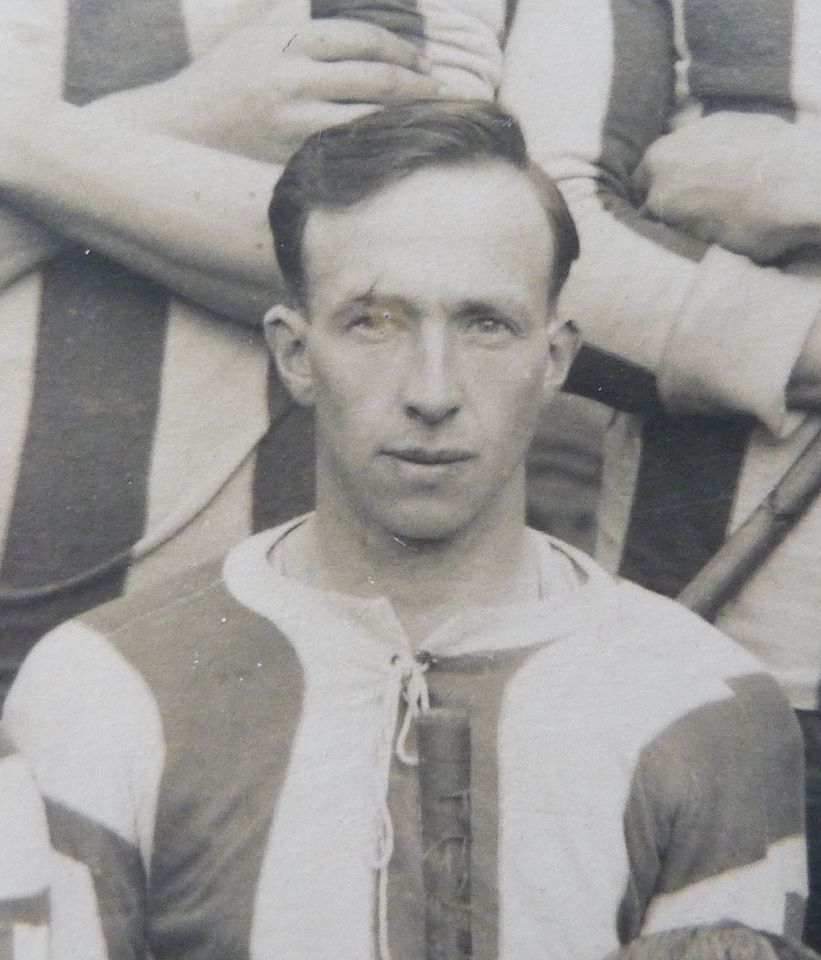
Malcolm ‘Callie’ Munro, captain of the 1923 Furnace team, lived in building R with his parents and brothers. This building is at the side of our carpark and is currently used as a store which means that unfortunately visitors don’t get to have a look inside. One of only two buildings on site to originally have stairs leading to an upstairs space, last year our staff found a small ‘hoard’ of items within a cupboard in the attic which we believe belonged to the Munro brothers. Most excitingly, it included a box of Mansfield Football Studs which the brothers would have used for their shinty boots.
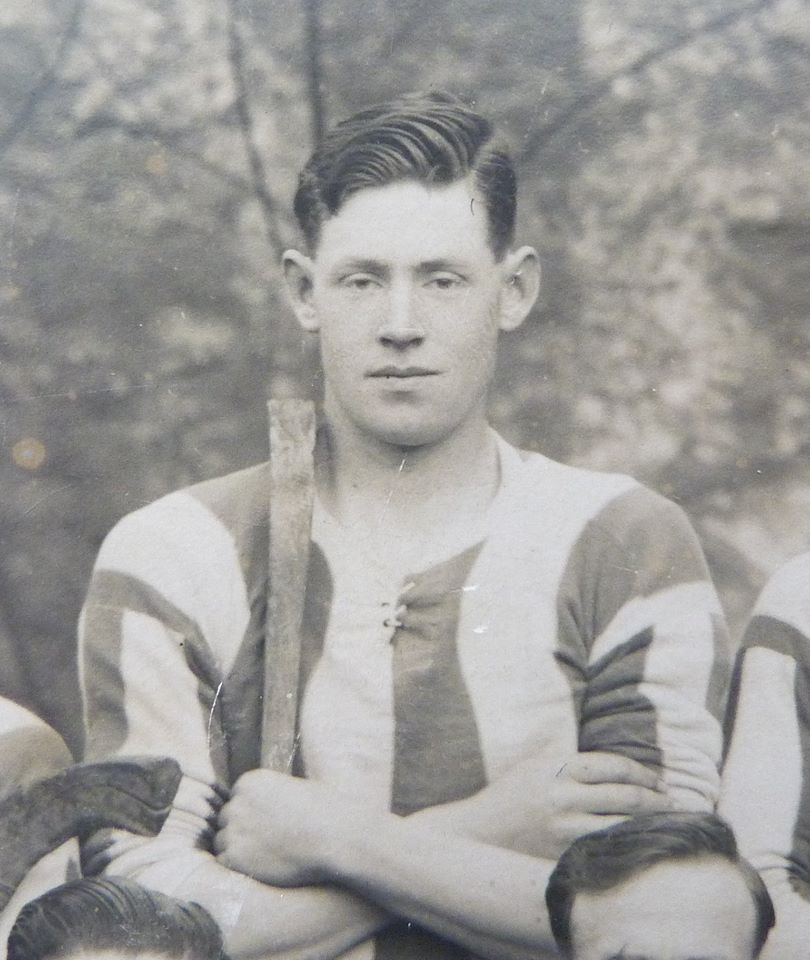
If you’re interested in finding out more about the game of shinty why not have a look at this blog by our friends at the Highland Folk Museum, where they’re researching and developing their shinty collections.
So far, we’ve been able to find out a fair amount about this family using census data, photographs and objects within our collection, but it’s usually information from the relatives of Auchindrain tenants which give us more personal insights into them and their way of life. In the 1990s we were gifted a horn spoon from the grandchildren of Duncan and Flora Munro, which was said to have ‘sat in a salt container beside the range at Auchindrain all the time the family lived there’.

Recent maintenance work to building R saw our team remove some plasterboard which was installed in the 1960s, and revealed this fireplace for the first time in over 50 years. Although now bricked up, we can see that the top stone of the fireplace is HUGE and would have been quite a challenge to install! Salt was a highly prized for both flavour and use as a preservative and it was very common to keep a box of it next to the fireplace within a kitchen, so that it stayed dry. Although this building is currently in use as a store room, we hope that one day the building will be open to the public and a salt container and spoon will once again sit next to the range.
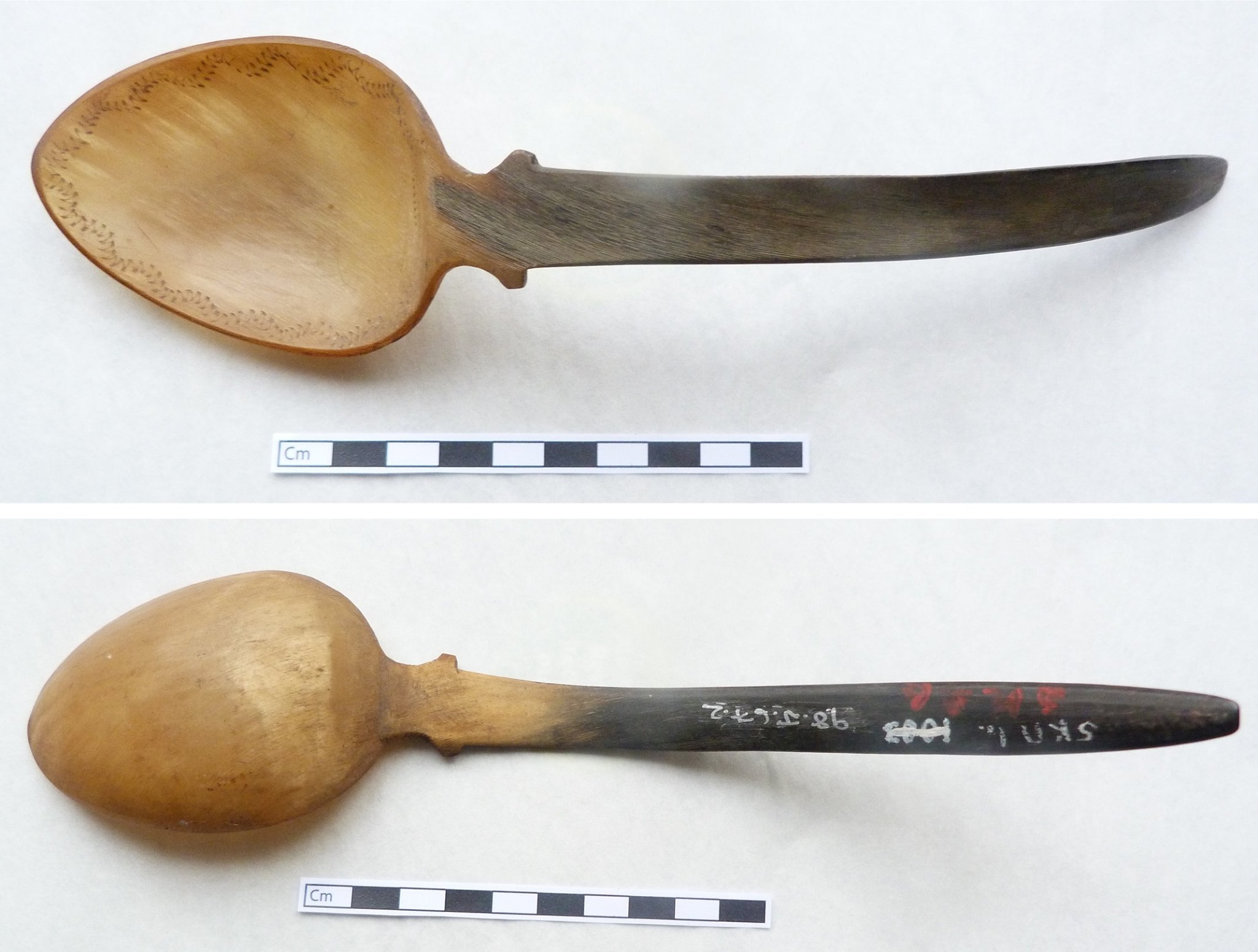
We know from an early map of Auchindrain dated to 1789 that there was a structure in this area, and we believe that the structure was almost completely rebuilt in the 1870s when a new tenant took occupation. This is confirmed by a sketch drawn by the Royal Commission of Historical and Ancient Monuments in the 1960s, which shows that the building has a similar layout to others in the Township, but with a few more ‘modern’ features such as storage recesses at the side of each fireplace.
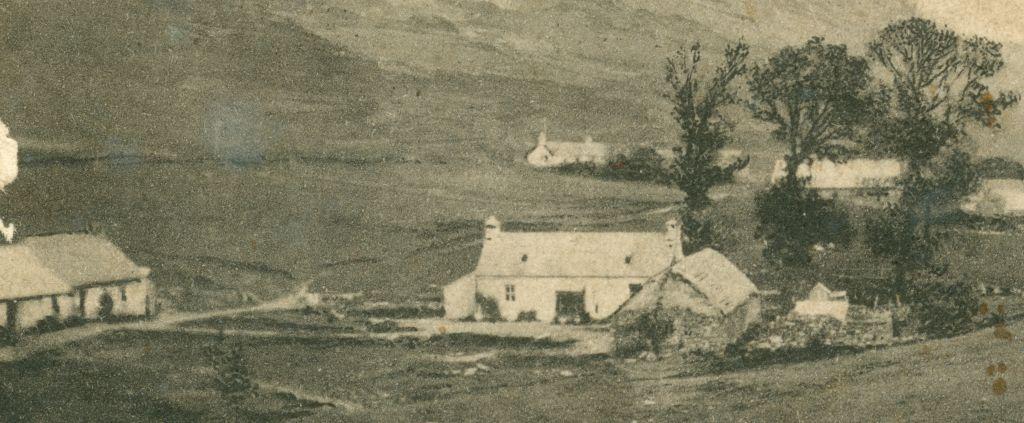
After its rebuild in the 1870s by new tenant Colin Stewart, census information shows us that the building remained in the hands of the Stewarts after Colin’s death, passing to his mother Margaret until she died at the grand old age of 100 in 1902. It then passed to the Munro family, with their shinty playing son Malcolm, who all left Auchindrain for nearby Inveraray in 1925. Finally, it was occupied by the MacIntyre siblings and their uncle Neil McPhail from about 1930 until 1954 when the house was left empty. In the 1960s the building was modernised to be home for the museum's "Resident Warden" in the site's early days of being open to the public. In the late 1970s, the building became the museum's office and a collections store. The 1960s modernisation changed a lot in ways we now regret, but left behind some original features such as the wallpaper that covers the beams and roof in the attic.
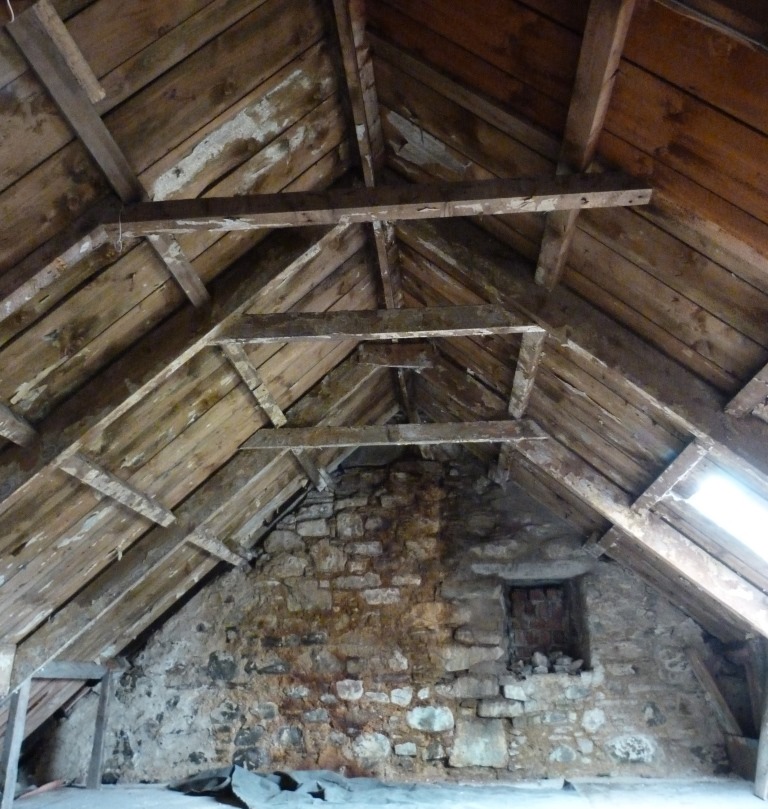
The upstairs area of building R has changed little since the 1950s. There were windows in either gable wall, in a similar position to the storage recesses below, which are now blocked off with bricks. We also believe that there was a central partition that split the room in to two, which is confirmed by the scraps of wallpaper still attached to the wooden roofs and beams, and which seem to have very separate patterns either side of the middle.

The layers and layers of wallpaper have been pasted over a base layer of newspapers dating to 1906, including the Glasgow News and the Christian Herald and Sign of Our Times. It was very common for inhabitants of croft houses within the North of Scotland to wallpaper around beams and over studs in the walls, even though to our eyes today it looks like a lot of work.

Using our timeline of occupants, we can assume that the Munro family redecorated the upstairs when they moved in, giving their children their own space to sleep in. And it’s upstairs in this space that we found the group of objects that we believe belonged to them. We’ve been able to date a few of these items so far:
• An empty golden syrup tin, by appointment to his majesty the king, so it must date to before our current queen who took the throne in 1952.
•A small metal match box with the picture of George V, who reined between 1910 and 1936.
• A metal tin from ‘The Royal Explosives Company’ who ceased trading in 1920.
• An Elfrida Bay Rum bottle is very similar to an advert from the 1924 edition of The Chemist and Druggist.
As well as these items we also found two mirrors, one of which is for ‘Dido Umbrellas’ of Sauchiehall Street in Glasgow, the aforementioned box of Manfield’s Football Studs, a St Bruno Flake tobacco tin (complete with tobacco!), a very mouse eaten bible and several other tins and bottles. We’re often asked about what the lives of children would have been like at Auchindrain, so it’s great to get a small glimpse of the belongings of some younger members of the township.